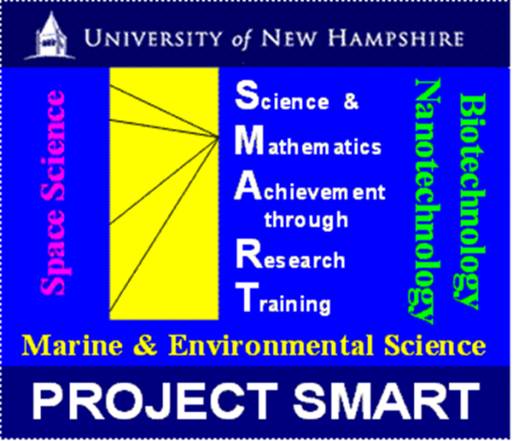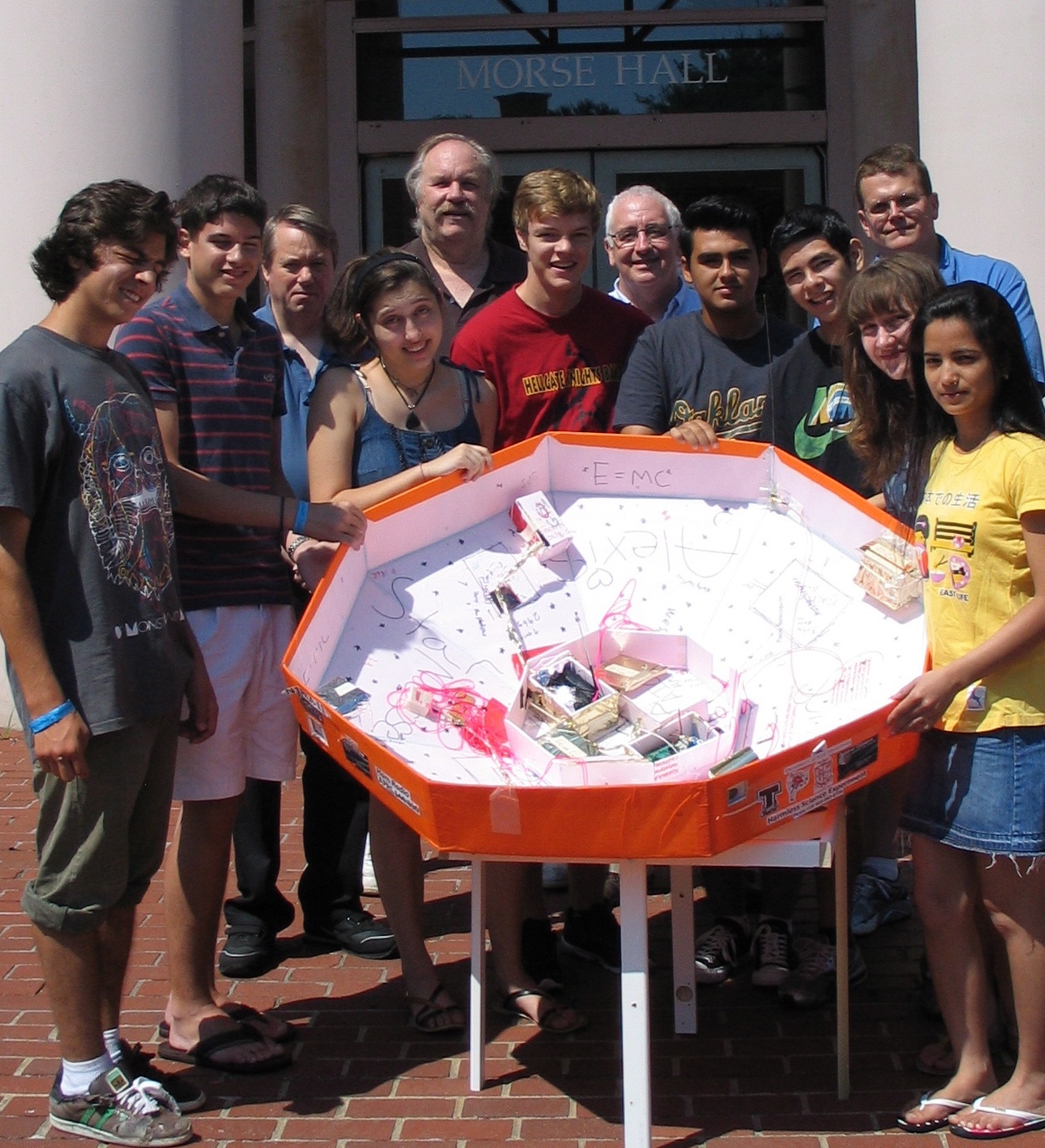Balloon Videos
The Project SMART experience within the space science module includes the building of a scientific payload for a high-altitude balloon. All of the space science students work together to build and launch the payload. We fly both atmospheric experiments, cosmic ray instruments, and ionospheric experiments supported by advanced electronics that the students build and program. Along with this, we fly video cameras that return some of the most enjoyable results of the entire effort.
While the balloon videos are distributed throughout these pages, here is the collection with a short explanation:
- A 1-min 56-sec video showing space, the Earth, cloud cover including a thunderhead, and rapid spinning of the payload platform that we have since learned to eliminate. Entire video focuses on the balloon at maximum altitude and includes the balloon burst and initial descent: SMARTSAT 2009
- A 2-min 43-sec video compilation of the 2012 flight from launch in Vermont to balloon burst: SMARTSAT 2012
- A 9-sec video subset of the above slowed and showing detailed images of the balloon as it bursts: SMARTSAT Balloon Burst
- A 3-min 40-sec video compilation from one of the two 2013 flights showing launch, flight, descent, and landing. This video is a particularly good example of what the flight experience can be: Ballooning SMART 2013 (edited)
- A 4-min 26-sec video compilation from our 2014 flight showing a great view of the Durham seacoast area, spectacular footage from 97,000 feet, and descent into a raspberry patch in Maine. This video can be viewed at: Ballooning SMART 2014 (edited)
- A 3-min video compilation of the 2014 flight that includes interviews before, during and after the launch of the balloonUNH Project SMART Balloon Launch (edited)
- A 3-min video compilation of the 2015 flight UNH Project SMART Balloon Launch (edited). The payload flew 2 prototype instruments and a new release configuration. Regretably, the release structure was damaged on launch resulting in an imbalanced payload that spun significantly during flight. While the payload ascended while hanging incorrectly from the balloon, as soon as the balloon bursts you will see the payload right itself. Regretably, it remained poorly balanced and spins rapidly through descent.
- A 3-min video of our 2016 flight SMART 2016 v2 (edited). In this video you can see the coast of Maine and Cape Cod. You can hear the air sampler turn on and off at altitude and the low power alarm on the batter near the end.
There is much more to learn about the science accomplished by the balloon flights and we encourage you to read both the student and teacher pages for more in-depth information.
Financial support for Project SMART is provided by the Dean of the College of Life Sciences and Agriculture, the Dean of College of Engineering and Physical Sciences, NH Space Grant Consortium, NSF-NH EPSCoR Grant, NH Sea Grant program, and the UNH Nanogroup.

